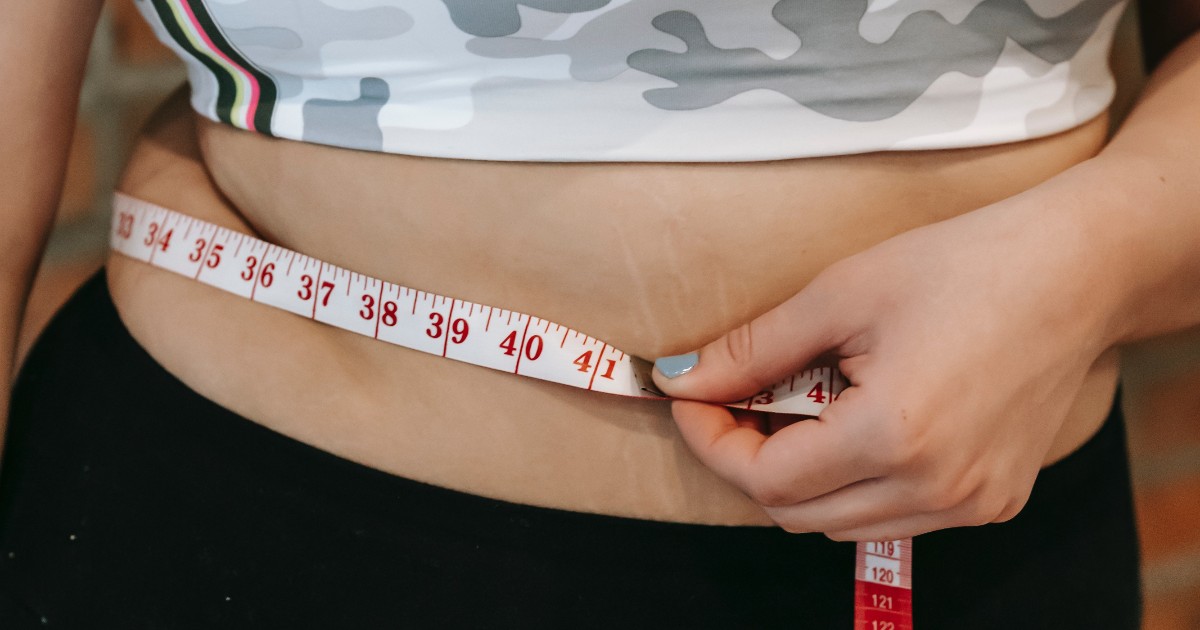The accumulations of fat on the hips and thighs, typically female, would actually perform an important preventive function for the brain health. Good news for the many women who fight against culotte de cheval, i.e. the accumulation of fat located between the thigh and buttocks in the shape of a ‘saddlebag’ or against hips dips, violin hips. The research team of Medical College of Augusta University in the United States performed laboratory studies on mice and found that subcutaneous fat in women could be one of the key factors, in addition to estrogen, against brain inflammation, a leading cause of dementia and stroke, at least until menopause. Conversely, males of any age have a higher propensity to deposit fat around major organs in their abdominal cavity, called visceral adiposity, which is known to be much more inflammatory. And, indeed, before women reach menopause, males are considered to be at much higher risk of developing, scientists report. problems related to inflammation, from heart attacks to strokes. “When people think about protection in women, the first thought is estrogen, but we need to move beyond that idea,” says Alexis M. Stranahan, a neuroscientist in the Department of Neuroscience and Regenerative Medicine at Augusta University. To find out more about the process that triggers inflammation in the brain, the researchers ran several experiments on mice, the full results are published in Diabetes. First, they observed increases in the amount and location of adipose tissue, as well as levels of sex hormones and brain inflammation in male and female mice at different time intervals when fed a high-fat diet. Since, just as with people, obese female mice tend to have more subcutaneous fat and less visceral fat than male mice, they reasoned that the distinctive fat patterns could be a key reason for the protection from inflammation enjoyed by pre-menopausal females.
The scientists found the distinctive patterns of fat distribution in males and females fed a high-fat diet but found no markers of brain inflammation or insulin resistance, which also increase inflammation and can lead to diabetes. when female mice have not reached menopause. At around 48 weeks, menstruation stops and the location of fat on females has started to shift a bit, to become more like males. They then compared the impact of the high-fat diet, which is known to increase inflammation throughout the body, in mice of both sexes after surgery, similar to liposuction, to remove subcutaneous fat. They have done nothing to directly interfere with normal estrogen levels, such as removing the ovaries. Loss of subcutaneous fat increased brain inflammation in women without shifting the dial on the levels of their estrogen and other sex hormones. In conclusion, the brain inflammation of females looked much more like that of males, including increased levels of classic inflammation promoters such as the signaling proteins IL-1β and TNF alpha in the brain, the researchers report. By comparison, only after menopause did females who didn’t have their subcutaneous fat removed but who ate a high-fat diet show levels of brain inflammation similar to males, Stranahan says. When subcutaneous fat was removed from mice on a low-fat diet at a young age, they developed a little more visceral fat and a little more inflammation in the fat. But Stranahan and his colleagues found no evidence of inflammation in the brain. One lesson to be learned from this work: Don’t have liposuction and then eat a high-fat diet, Stranahan says. Another is that BMI, which simply divides weight by height and is commonly used to indicate overweight, obesity and consequently increased risk for a myriad of diseases, is probably not a very useful tool. significant. An easier and more accurate indicator of metabolic risk and potentially brain health is the waist/hip ratio, which is also easy to calculate. “We cannot limit ourselves to talking about obesity. We need to start talking about where the fat is. That’s the critical element,” Stranahan says.
